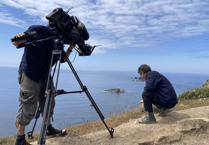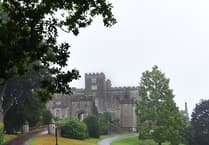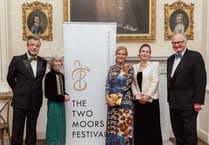TEIGNGRACE, Emsworthy Mire, Dunsford and the Dart Valley are among sites is set to become part of a pioneering new project, to save four of Britain’s rarest butterflies.
The Devon Fritillary Recovery Project is the work of Devon Wildlife Trust. Its aim is to help struggling populations of high brown, pearl-bordered, small pearl-bordered and marsh fritillary butterflie. These four beautiful species that have seen a staggering decline in recent years, predominatly due to changes in farming, loss of habitat and climate change.
The high brown fritillary, for example, has seen its numbers crash by 96% and is now one of the UK’s ‘most threatened species’.
The new project, which is set to run for 2 years, is receiving support from Natural England’s Species Recovery Programme Capital Grant Scheme. The Species Recovery Programme (SRP), which Natural England has been operating for more than thirty years, focusses on reducing the risk of extinction and promoting the recovery of our most threatened species, through bespoke targeted action for these species.
A winter of butterfly restoration work will now begin on land managed by Devon Wildlife Trust. Staff and volunteers will be working on 122 hectares across 12 of the charity’s nature reserves. Other sites outside of the local area include Marsland nature reserve (near Hartland), Rackenford Moor nature reserve (near Tiverton) and five sites in and around Holsworthy.
Key among the tasks for the charity will be to manage the levels of scrub and gorse across the 12 nature reserves. Helping staff and volunteers will be a new ‘robo-flail’ – a remote controlled machine which is able to venture into steep and difficult to get to corners of the Trust’s wildlife havens.
Jenny Cawson is Devon Fritillary Recovery Project Officer. Jenny said: Devon Wildlife Trust’s nature reserves offer some of the last homes to our struggling butterflies, so it’s vital that we work hard to keep them in good condition.
‘The launch of our Devon Fritillary Recovery Project signals the start of a huge effort to not only stabilise the populations of these rare species but to restore their numbers. Our goal is for their numbers to grow, and populations spread across the wider Devon countryside.
'The work we’ll be able to do during this project will leave a positive legacy which will last for years to come.’





Comments
This article has no comments yet. Be the first to leave a comment.